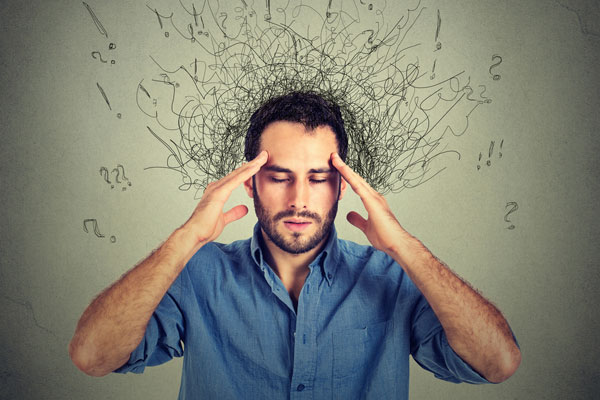
Anxiety is a common mental health disorder that can occur suddenly or develop over time. While common, anxiety and panic attacks can be debilitating for those who suffer them. Many people suffer from anxiety every day while others may only have sudden onslaughts of panic over certain triggers. Either way, they may make you feel as if you’re dying.
While they may be frightening to experience, anxiety and panic attacks are actually changes in your brain. For those who want to learn more about the condition, this expert guide will give you information into what actually happens to your brain during an anxiety attack. Let’s take a look now.

Anxiety and Panic Attacks: What Changes In Your Brain
An anxiety or panic attack is defined as a sudden episode of intense fear which generally triggers reactions of a physical nature where there’s no apparent cause or any real danger.
Panic and anxiety attacks trigger the fight or flight area of the brain. This fear is meant to keep you alive to the extreme when you’re in the face of danger.
The area of the brain that is triggered is the amygdala. Containing compact neuron clusters, the amygdala is known to be the centre point of the brain for emotional behaviour, motivation, and emotions. It’s mostly known in the scientific world as the area for aggression and fear.
It’s suggested that when the nerve clusters experience abnormal activity, a heightened sense of panic and anxiety can be experienced. Another suggestion that may explain the onset of these disorders is the periaqueductal gray, or midbrain section. This part of the brain is known to help with regulating defense mechanisms such as freezing or running. When acting in response to an immediate threat, on an MRI scan this area of the brain lights up, suggesting it also works in combination with the amygdala.
However, continuous exposure to threats or a traumatic event can cause this defense mechanism to malfunction which results in threat over exaggeration. As your body becomes accustomed to overexaggerating threats, it can lead to ongoing and increased panic and anxiety attacks with continuous activity in these areas of the brain.

Symptoms From Heighten Activity In The Brain
When heightened activity is seen in these areas of the brain, you will start to see signs of anxiety and panic symptoms. These include, but aren’t limited to:
- Panic
- Pounding heart
- Shortness of breath
- Sweating
- Shaking or trembling
- Feelings of choking
- Abdominal pain
- Nausea
- Discomfort and chest pain
- Hot flushes
- Feeling as if you’re dying
- Detachment from reality
- Feel as if you’re going crazy or losing control
- Light-headedness or dizziness
These are the most common types of symptoms of both an anxiety or panic attack.

What Can Be Done About It?
Generally, with help from a professional psychologist or doctor, this brain activity can be treated with either medication or teaching tools that can be used to help rewire the brain activity. Changes in lifestyle can also help, as well as plenty of rest, relaxation, and healthy eating.
Conclusion
Anxiety and panic attacks can be troubling for anyone who suffers them. By understanding the brain and how it works during an attack, you may be able to have some peace knowing that you’re not going crazy. Did this help you understand your condition better?
Photo Credit: Shutterstock.com
